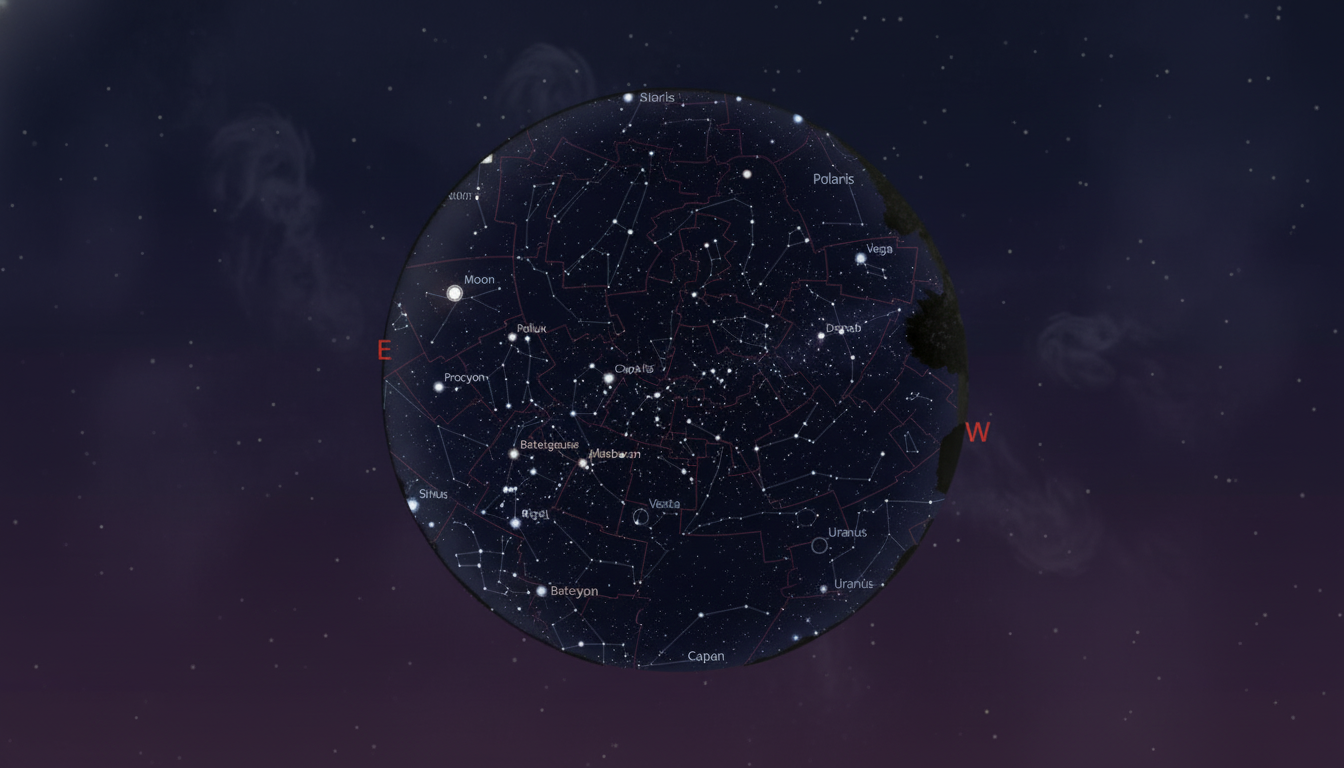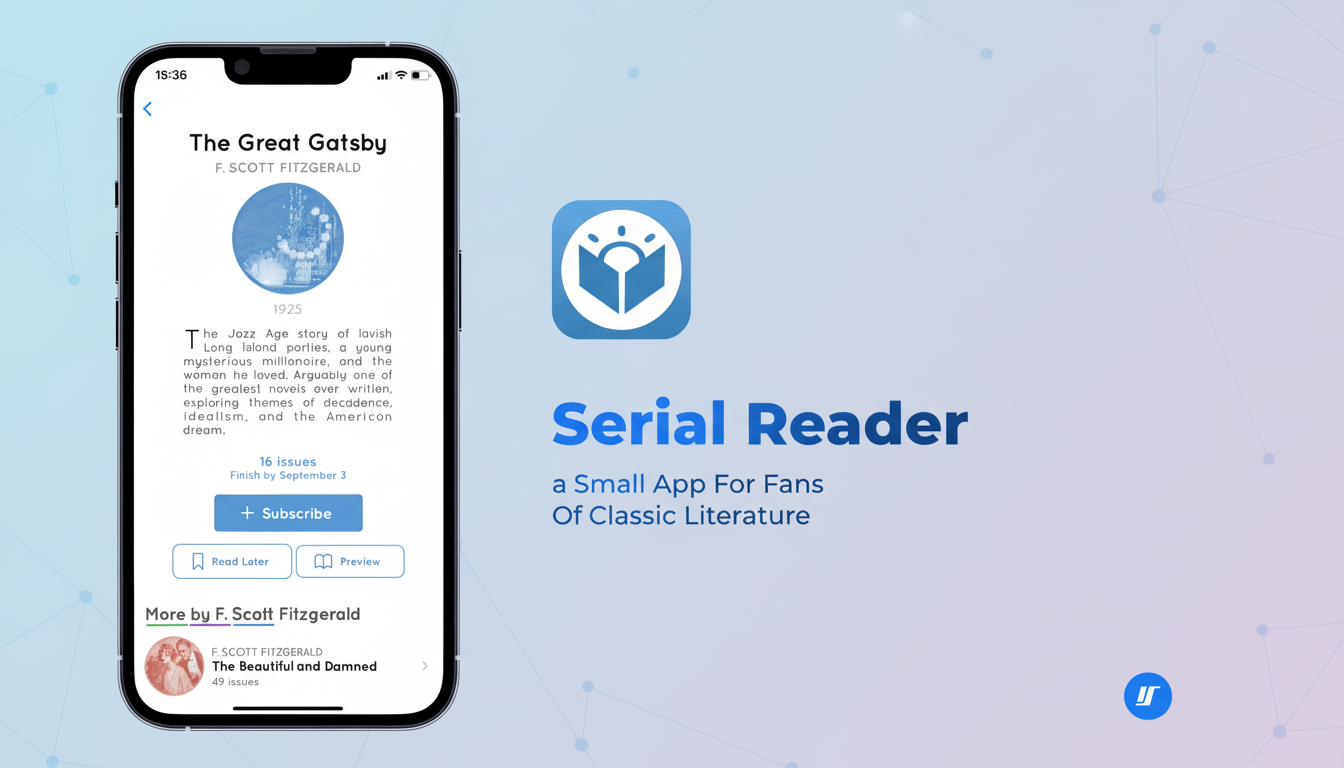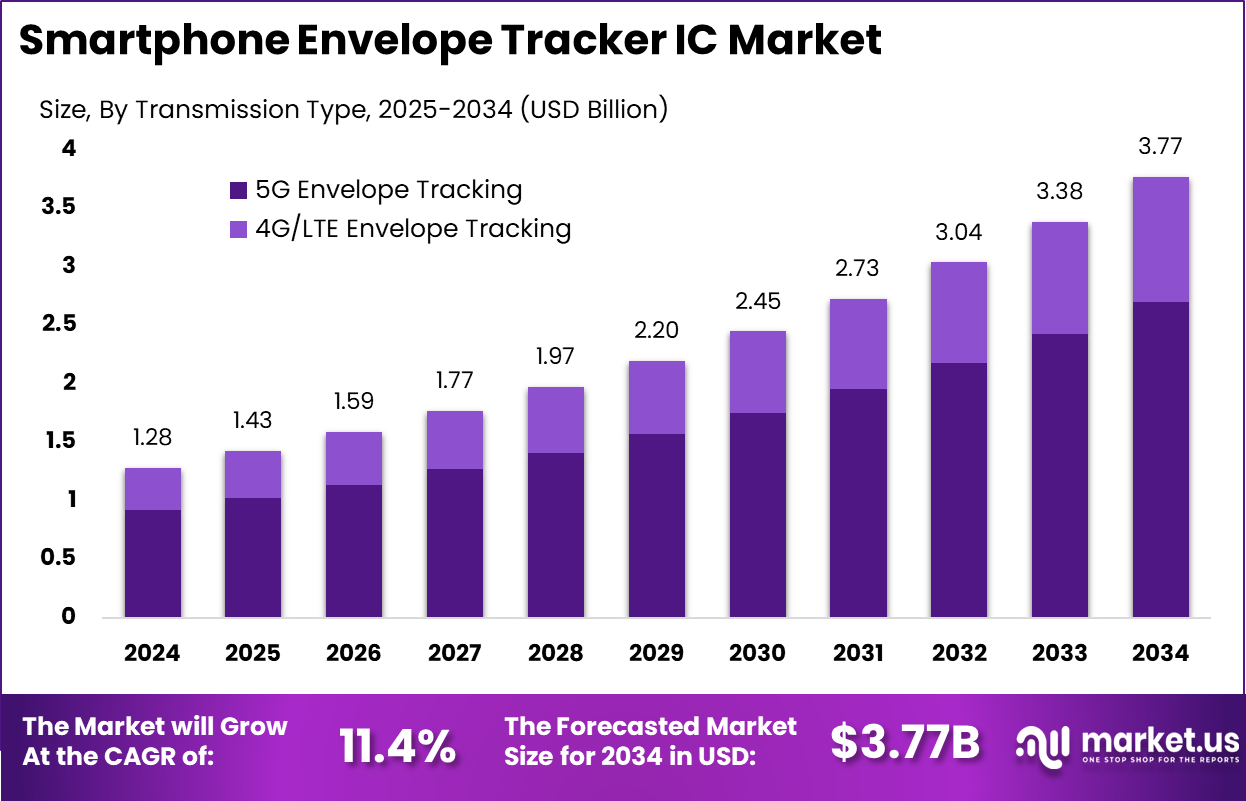Many of the best tips come from readers, and three stood out when I went looking for weird Android apps worth installing today. Stellarium, Fooview and Ampere solve three weird, specific problems phenomenally well — need context around stargazing, faster device navigation or transparent charging metrics? — and they do so with the sort of polish that makes them stick.
Why These Three Apps? That’s Anyone’s Best Guess
Now that Android has millions of titles on Google Play, finding you what to play can be the hardest part. Industry trackers like data.ai often observe that users tend to cycle through dozens of apps each month and depend heavily on a smaller core. The apps below are rare in that they marry utility and depth without dragging down or bloating up your phone — and, importantly, they add something genuinely new to a device the vast majority of us already see as “complete.”

Stellarium When You Want To Turn Your Phone Into A Star Map
If you’ve played with Sky Map and are ready to move on, Stellarium is the graduate-level version. Point the phone skyward and it welcomes you with clear, annotated heavens, the constellations beautifully sketched in a fine display of artistry, deep-sky objects labeled and a clever pointer steering you to whatever you’re hunting. The app’s snappy, well-designed information cards read like mini field guides: position, magnitude, object class and orbital context all readily at a tap.
The clincher is the visibility planning. Rather than merely telling you where something is, Stellarium simulates when it’s time well spent — surfacing windows when a comet, planet or galaxy climbs high enough to be worth a look. It’s what sets the difference between passively browsing the sky and planning an observing session. For the casual viewer, that’s transformative; for astrophotographers, it is a huge head start.
A premium class of subscribers gets the most powerful tools, and that’s where serious skywatchers will reside. In practice, combining Stellarium with a pair of basic binoculars or a phone mounted on a tripod can transform a cloudy hobby into an assured ritual. As for context, key astronomy organizations such as the American Astronomical Society cite timing and altitude as the most important factors in what you will actually see — the precise variables that Stellarium helps you conquer.
Fooview Streamlines Shortcuts And Multitasking
Fooview is the sort of app that’s hard to describe until it’s in your hands. It’s a floating, customizable command puck that rides on top of whatever app you’re in now and unlocks quick gestures to actions you put into menus or several taps. Tap for an app switcher, flick to move home, long-swipe for a screenshot and immediate OCR of any text in that screenshot — yes, it does OCR on the fly and fast.


The learning curve is real. You’ll spend an hour tweaking gestures, permissions and the feature set you actually want. But it’s the rare utility that seems to compress time on every level: split-second copies of on-screen text, one-handed multitasking activities and clever edge cases (like quickly searching the web for anything you’re seeing without leaving your current app). Productivity nerds will love it; casual users could bounce.
Note: Fooview requires Draw Over Other Apps and the Accessibility Service on Android. Google has tightened disclosure and abuse likelihood for these abilities in recent releases, so treat this as a powerful tool — only enable what you need, and scrutinize why the app says it needs that access. When used responsibly, it’s life-changing.
Ampere Makes Charging Data Make Sense on Android
Battery nerds know the pain of testing new batteries. Ampere is about putting wattage front and center, which makes it way easier to sanity-check if your charger, cable, and device are actually delivering the ominous “expected speeds.” Swap cables, watch the numbers and you will soon see the bottleneck. It’s not lab-quality instruments — Android publishes only approximate readings through system APIs — but for basic diagnostics, it proves surprisingly instructive.
The interface is minimal in the best possible sense. A single screen will indicate charge or discharge status, battery voltage and current along with mAh charged or discharged. Helper functions: One of the best features of this charger is its cool-down program which, when activated, cools down old packs up to 3 times quicker using a safe C/10 rapid mode, allowing you to pack and go without waiting for your pack to equalize all day long every time you want them ready. Optional extras like widgets, battery temperature and full-charge alerts are tucked behind a small fee. For the majority of people, the free tier is adequate to test if that 65W brick is still acting up, or whether your power bank isn’t outputting as much.
What Power Users Should Know About These Three Apps
- Accuracy and hardware: Apps such as Ampere show what the phone measures; USB-C negotiation (PPS, PD, proprietary fast-charge) already takes place before software has a look at data. Interpret results relatively, not as hard lab numbers.
- Permissions and overlays: The magic of Fooview hinges on persistent overlays and accessibility hooks. And with privacy norms changing, Android still needs opt-in consent and more straightforward foreground notifications. That’s great for users — just brace yourself for a couple of prompts in the setup process.
- Planning vs. spontaneity: Stellarium’s planning features are excellent for use with the local conditions you used to create them/represent them in-game. Groups like DarkSky International emphasize that light pollution outweighs gear; just clear a local sky and let the app’s timing suggestions take it from there.
The Verdict on These Reader Picks and Why They Stick
Stellarium can make anyone into an astronomer — at least from the couch. Fooview turns your phone into a chameleonic control center, saving seconds from everything. Ampere adds charging secrets without extra hardware purchase. None of them are mainstream defaults, but all three provide instant, real wins — exactly the sort of “weird” apps that make for a permanent place on my home screen.


